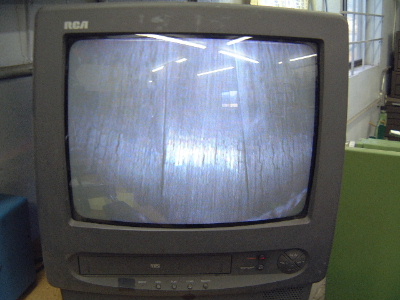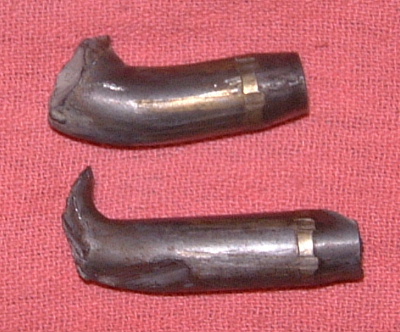.50 Caliber Maintenance
As a .50 caliber rifle enthusiast, handloader, and student of bullet design and ballistics I’ve looked at many of the angles related to top accuracy in .50 caliber barrels and their feeding and care. From my experience they like to be fed accurate bullets and at times the construction of these bullets is in the form of some unusual materials. These bullets have included jacketed lead core bullets, like the Hornady, McMurdo and military FMJ bullets. And at other times solids made from bronze, brass, copper and steel. And all of these projectiles have different fouling characteristics.
At times this fouling can be difficult to remove, even after a few shots. I’ve examined the inside of .50 barrels with a borescope too to check on progress. While I’m not a fan of moly coated bullets for small calibers (in fact I really am against it) I think it probably has some merit with the big bore .50’s. The moly does tend to reduce fouling in even a smooth lapped finish in a .50 barrel. And there seems to be a slight advantage to a stainless steel barrel with some bullets.

This is a look at a stainless steel .50 barrel on a video borescope at about 75X magnification. One land is in the center with a groove on either side. This image is within the first inch of rifling ahead of the throat. This barrel had fired custom bronze bullets and some Hornady A-Max bullets. It virtually does not foul with this combination.
At one time I had some bronze bullets made by Zero Index that I fired in a stainless steel barrel and they just absolutely refused to foul. Checking for fouling using Sweets generated just white patches. They hardly showed the slightest tint of blue. Those long 800+ grain bullets also didn’t shoot very well because the 15” twist barrel I was using wasn’t spinning them fast enough.
Down to the details of cleaning, I like to start with Butch’s Bore Shine on a patch to push out powder fouling and to start working on jacket fouling. I follow that up with a bronze brush with Butch’s on it. I’ll let the Butch’s set in the barrel from the brushing for a while and then check for metal fouling using a new patch wet with Butch’s. At this point, if the fouling is present, I’ll probably switch over to Sweets solvent with its higher ammonia content and resulting quicker action on soft metal inside the barrel. With a smooth finish inside the barrel and most of the bullets being used today, this usually is about all it takes to get the barrel cleaned up and ready to shoot again. The number of rounds fired since the last cleaning is also an important consideration.
I still have some old 12L14 Zero Index steel bullets and firing one or two of those through a badly fouled barrel will remove any residual copper type fouling in a barrel. The steel bullets are also hard on the barrel. Prolonged shooting with them will quickly advance the throat.

These steel bullets clearly show a brass pickup on the driving band and with the top bullet, on the shank too. These Zero Index bullets were recovered from a backstop at 1000 yards.
In my experience cleaning .50 BMG barrels is not a lot different than cleaning for smaller caliber magnum type cartridges. It can take a little longer and more materials like patches and solvents are used. I use a standard .30 caliber type cleaning rod for both brushing and patching. The brushes are Pro-Shot .50 caliber and the threads on the brush are the same as used on smaller calibers. I use the jag that comes with the Dewey rods along with two 3” square (12 gauge shotgun size) cotton patches. I’ll often reverse the side of the patches actually touching the barrel and get double duty from them.
In my opinion cleaning .50 caliber barrels is just as important to top accuracy as it is with smaller calibers. I’ll normally clean my .50 after 20 rounds or so, sometimes more often. Using moly coated bullets doesn’t change this routine either, it just seems to reduce the amount of fouling present in the barrel.

